
We have the first video of a plant cell wall being built
Plant cells without a cell wall are fragile, so it's hard to image its construction.


Plant cells without a cell wall are fragile, so it's hard to image its construction.
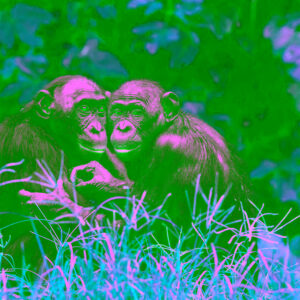
300 aspects of each call were cataloged, letting researchers estimate meaning.

As demand surges, figuring out the performance of proprietary models is half the battle.
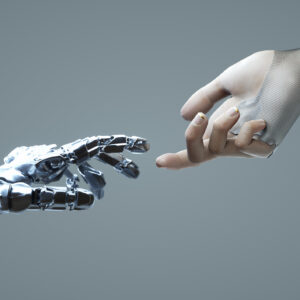
A real bit of cyborg hardware highlights the technology's current limitations.

Charges cause water droplets in an early-Earth atmosphere to build up pre-life chemicals.
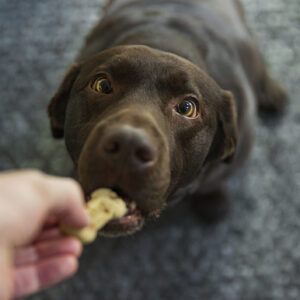
Selecting trainable dogs may have gotten us dogs that would do anything for a treat.
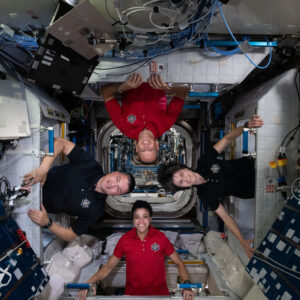
The largest study yet of the ISS's microbes hints we’re may be keeping it too clean.
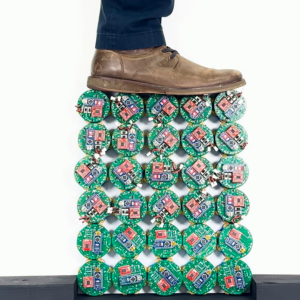
A pack of small robots can do liquid/solid transitions and adopt different shapes.

Scientists find a way to look for alien life that doesn't need elaborate equipment.
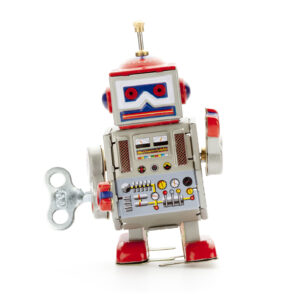
There's a difference between knowing a word and knowing a concept.

A specialized system sends pulses of pressure through the fluids in our brain.

The computer science behind translating speech from 100 source languages.
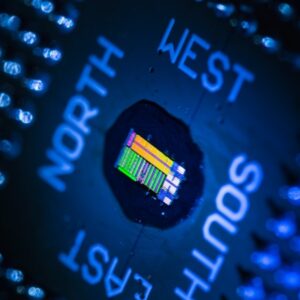
Instead of sensing photons and processing the results, why not process the photons?
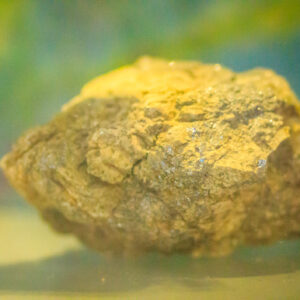
2D materials are typically made at temperatures that wreck silicon chips.
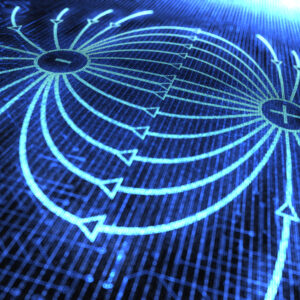
A “ferromagnetic elastomer” sheet can bulge and bend under magnetic influences.
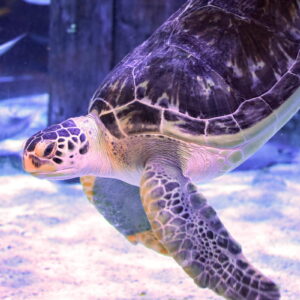
Boat collision left Charlotte stranded at the surface and in danger of predation.

Device could be integrated into clothing, harvest body heat to power gadgets.

The RAVEN walks, it flies, it hops over obstacles, and it's efficient.

People can tell it's not true, but if they're outraged by it, they'll share anyway.

We can get a drone to fly like a pigeon, but we needed to use feathers to do it.
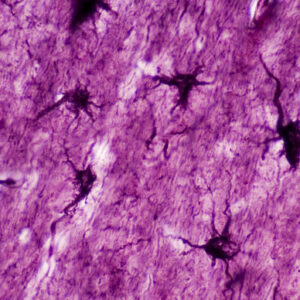
Neurons and a second cell type called an astrocyte collaborate to hold memories.

Inspired by the Drake equation, researchers optimize a model universe for life.

Despite only working over short distances, echolocation is enough to get bats home.
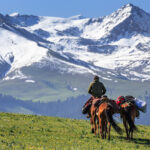
A city larger than many in Europe at the time was perched in the mountains.

The AI did better than professional mediators at getting people to reach agreement.
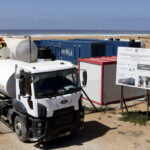
Instead of needing constant power, new system adjusts to use whatever is available.
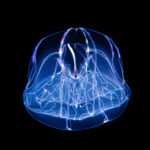
Ctenophores merge with neighbors at wound sites, making animals with duplicate parts.

Human feedback training may incentivize providing any answer—even wrong ones.
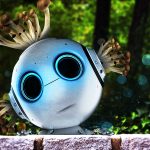
A mushroom's response to environmental changes can be used to control a robot.
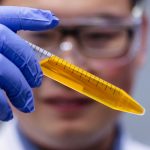
Matching refractive indexes lets some wavelengths pass cleanly through the skin.
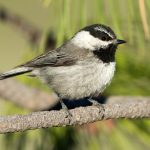
For small birds, remembering where the food is beats forgetting when it's gone.

Too much water on exoplanet surfaces would mean high pressure ices, not life.

The software's medical certification exam was OK, but its diagnoses aren't.

Regular photography shows a tool shed and more isolated toilet would be appreciated.
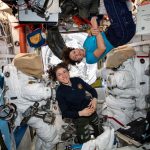
Astronauts' muscles atrophy in space, but we can identify the genes involved.
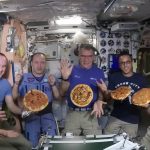
The visual environment of the ISS seems to influence people's experience of food.